Your Step-by-Step Guide to Lush Harvests
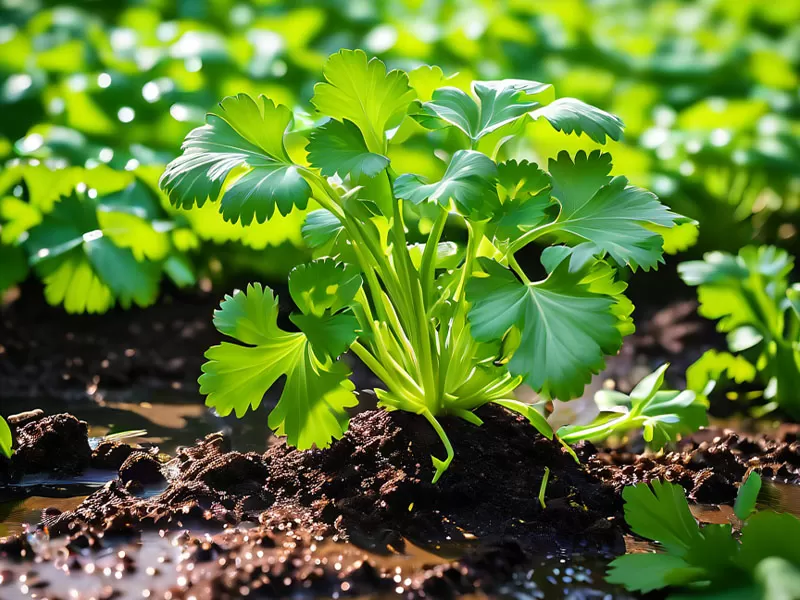
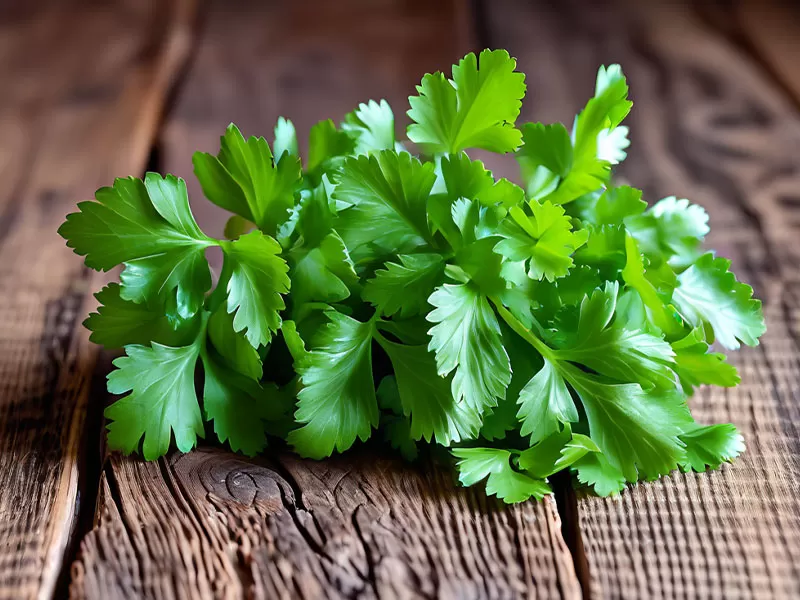
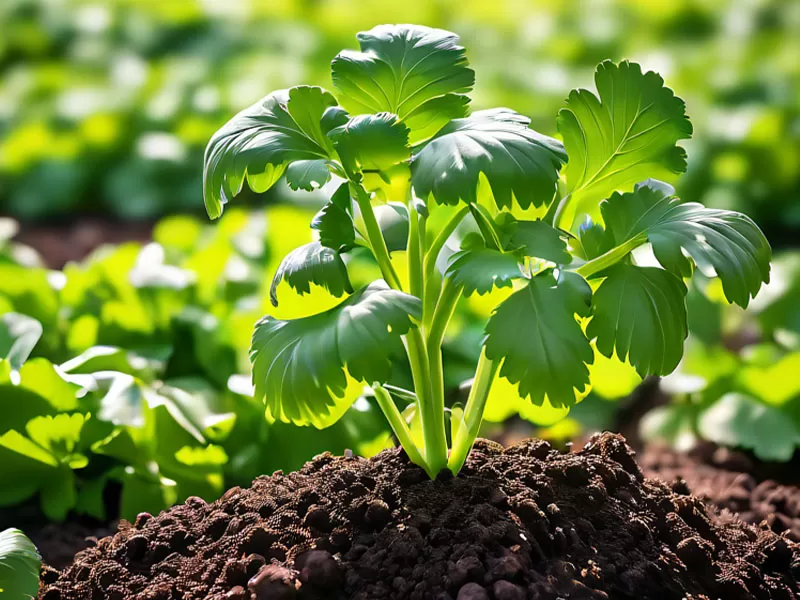
Coriander (Coriandrum sativum), also known as cilantro or Chinese parsley, is a versatile annual herb prized globally for its fresh leaves and aromatic seeds. Understanding coriander planting techniques and field management is crucial for vigorous growth and high yields. This guide provides comprehensive, actionable insights for both home gardeners and commercial growers.
NO.1 Optimal Growth Conditions for Thriving Coriander
Creating the right environment significantly impacts plant health and productivity.
- Temperature Control:
This herb thrives in cool conditions, preferring temperatures between 15°C to 25°C (59°F to 77°F). While mature plants tolerate light frosts down to -1°C (30°F), exposure exceeding 30°C (86°F) often triggers premature bolting (flowering), rendering leaves bitter. - Sunlight Needs:
Full sun is generally ideal. Nevertheless, in regions experiencing intense summer heat, providing light afternoon shade helps prevent stress and bolting. - Soil Requirements:
Well-draining soil is non-negotiable. Aim for fertile, sandy loam enriched with organic matter. Furthermore, a slightly acidic to neutral pH (6.0 – 7.5) supports optimal nutrient uptake. For quality soil amendments, explore options at www.fertilizertrelfey.com/shop. Learn more about soil preparation from the Royal Horticultural Society.
NO.2 Step-by-Step Coriander Planting Techniques
Successful establishment begins with proper sowing practices.
- Choosing Sowing Time:
- Spring Planting: Sow seeds after the last frost date, typically March-April.
- Fall Planting: Sow in late summer/early fall (August-September; extending to October in warmer southern zones).
- Seed Preparation (Crucial Step):
Coriander seeds are actually dried fruits containing two true seeds. To improve germination rates, gently crush the spherical husks or soak them in room-temperature water for 12-24 hours before planting. The University of Minnesota Extension details effective seed handling. - Sowing Methods:
- Direct Sowing: Scatter seeds (broadcast) or plant in shallow rows (drill), covering lightly with 1-2 cm (0.5 inch) of fine soil.
- Maintaining Moisture: Keep the seedbed consistently moist, not waterlogged, until seedlings emerge.
- Seeding Rate: Aim for approximately 1 to 1.5 kg of seed per hectare (adjust proportionally for smaller plots).
NO.3 Essential Field Management for Healthy Crops
Ongoing care after germination ensures robust growth and minimizes problems.
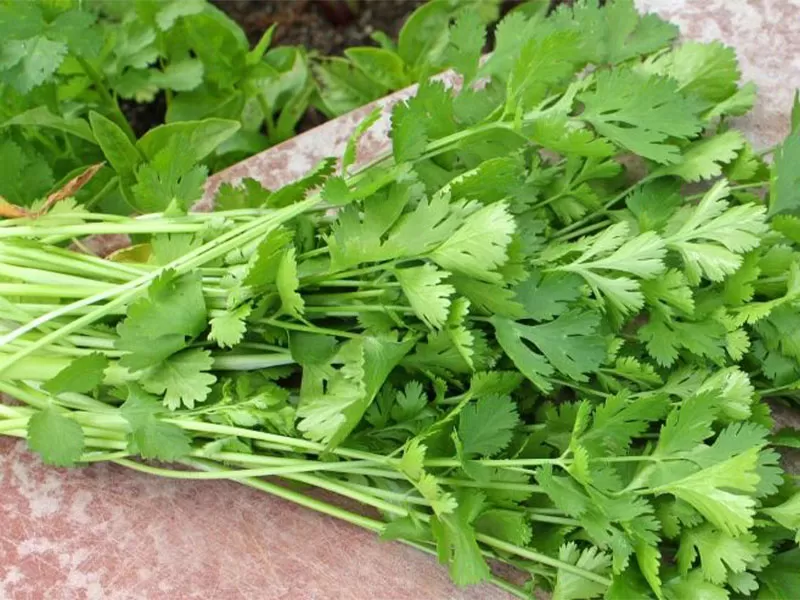
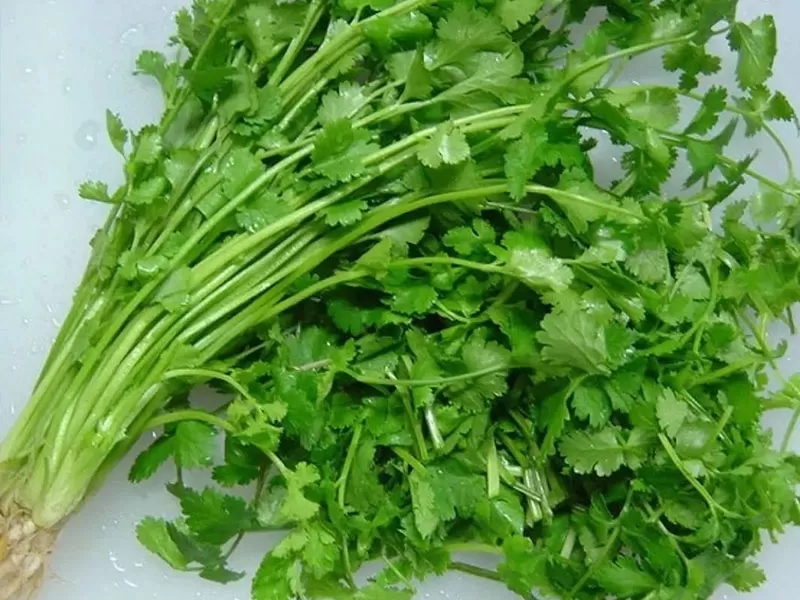
- Strategic Watering:
Maintain even soil moisture, especially during dry spells and leaf development. However, avoid waterlogging, as coriander roots are highly susceptible to rot. Drip irrigation is highly efficient. - Balanced Fertilization:
- Base Nutrition: Incorporate generous amounts of well-rotted compost or manure before planting.
- Growth Boosters: Apply a balanced liquid fertilizer or side-dress with a nitrogen source like urea once or twice during the active vegetative stage. Discover suitable organic fertilizers at www.fertilizertrelfey.com/shop. The Old Farmer’s Almanac offers general feeding guidelines.
- Thinning Seedlings (Vital for Size):
Once seedlings reach 5 cm (2 inches) tall, thin them to a final spacing of 10-15 cm (4-6 inches) apart. This allows adequate air circulation and resource access. - Pest & Disease Vigilance:
- Common Diseases: Watch for Damping-off (affecting seedlings) and Leaf Spot. Ensure good air flow, avoid overhead watering, and apply fungicides like copper-based sprays if necessary (always follow label instructions). The APS Resource Center provides disease identification help.
- Frequent Pests: Aphids and Whiteflies are major pests. Combat them promptly using insecticidal soaps, neem oil, introducing beneficial insects like ladybugs, or employing yellow sticky traps. For severe infestations, consider targeted insecticides like Imidacloprid, used responsibly. Find integrated pest management strategies on EPA’s Website.
- Harvesting:
Harvest leaves as needed once plants are well-established, cutting outer stems first. For seeds, allow flower heads to dry on the plant before collecting. Proper coriander planting techniques and field management directly influence harvest quality and quantity.
Maximizing Your Coriander Success
Mastering coriander planting techniques and field management involves attention to its preference for cool weather, well-prepared soil, careful sowing, consistent moisture, timely feeding, and proactive pest/disease control. Whether grown for fresh cilantro or coriander seeds, these practices lead to a rewarding harvest. For specialized fertilizers and growing supplies tailored to herbs like coriander, visit our store: www.fertilizertrelfey.com/shop.
Connect with us for more agricultural insights: www.linkedin.com/company/106459722
Further Reading:
- Comprehensive Herb Growing Guide: National Gardening Association
- Organic Pest Control Methods: ATTRA Sustainable Agriculture
